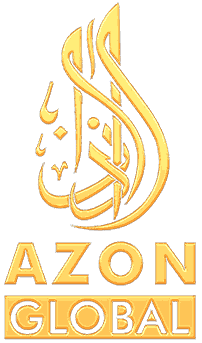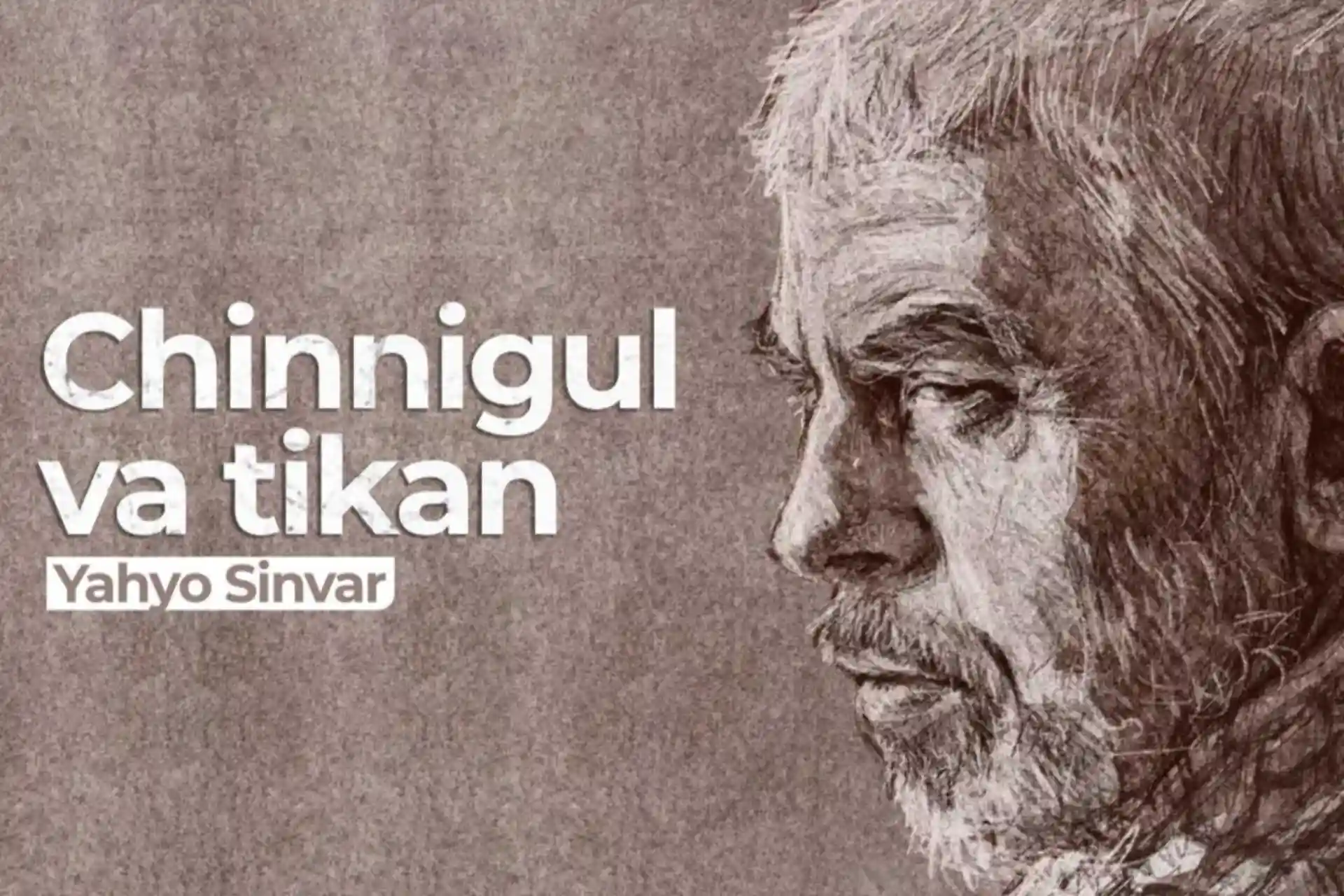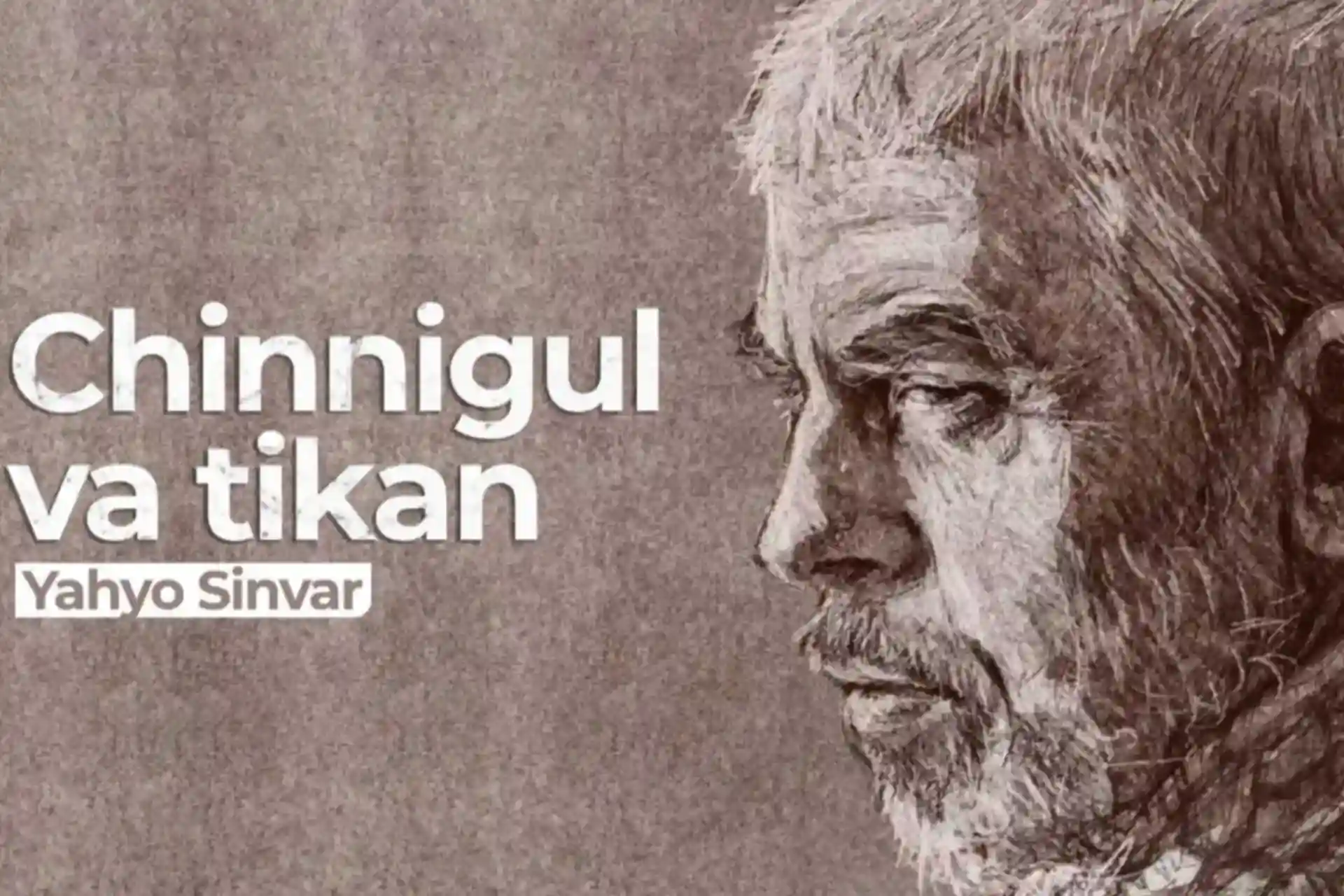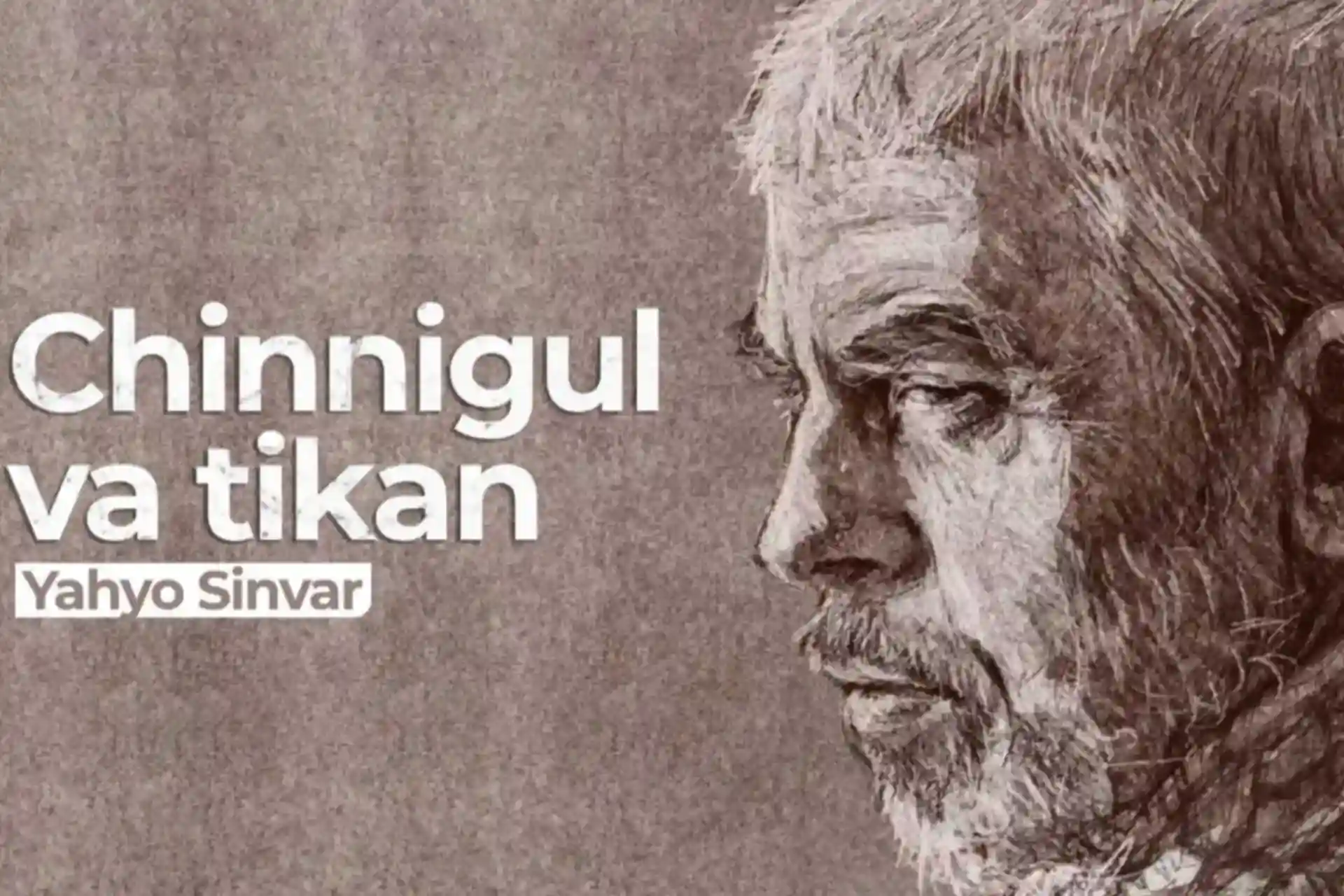17.04.2025 11:30
1563
"The Carnation and the Thorn" – Yahya Sinwar (story, part 44)
So the bus took us to Khalil. Before that, we passed the cities of Bethlehem, Bethlehem, and the Duhaysha camps. We knew that the camp was a camp because the buildings were built in rows, in the same, simple style. Ibrahim introduced us to the Duhaysha camp in detail. Then he pointed to the opposite side of the camp. On that side, a tent was erected in a large area, and dozens of occupying soldiers were guarding it day and night to prevent the children of the camp from throwing stones at it.
According to him, the tent was occupied by one of the new settlers in the city of Khalil, Mushi Livengr. The reason he was stationed directly opposite the Duhaysha camp was to prove that the occupying forces were powerless to protect the nomadic Jews from the stone-throwing of the camp children.
Then we passed through the "Urub" camp. Finally, we entered the city of Khalil. When we entered the heart of this ancient city, we saw what looked like a military barracks. Hundreds of soldiers were milling around here and there. Dozens of military vehicles were moving here and there. Several buildings and areas were surrounded by barbed wire.
Since the mid-1970s, the aliens, with the help of the occupying military, have taken over many buildings and areas of the old city. They have driven people out of their homes and started living there themselves. Dozens of soldiers have been protecting them. In this way, they have begun to transform these areas. Every day they take possession of a new building or take control of an area. And the military supports and protects them.
The bus arrived at the Ibrahimi Mosque. At the entrance, a group of soldiers stood in the center, stopping the Arab tourists and checking their documents one by one. However, no one says anything to the tourists who are Jewish or from other parts of the world. They enter freely, calmly, without resistance.
We walked along a long corridor with prayer mats on one side. Then we went to the platform leading to the central mosque of the Haram. On the other side, there were two large prayer rooms. There we saw architectural tombs with the names of historical figures inscribed. Among them, the names of Abraham, Isaac, Sarah, and Joseph were also inscribed. They were covered with green cloth.
So, after praying the evening prayer at the mosque, we toured the shrine and learned about the history and beliefs of our community. After buying dairy products, currants, raisins, and figs from the vendors at the exit, we headed towards Gaza.
We all recited the evening prayers together on the bus. Each of us was lost in our seats. After this journey, when Muhammad (peace and blessings of Allah be upon him) and Abraham (peace and blessings of Allah be upon him) were mentioned, a different meaning emerged from the one our hearts and ears had previously learned. Upon arriving at this holy place, other meanings of the words became clear.
From that day on, I resolved never to miss a prayer. After the trip, I had to prepare diligently for my final exams, because the exams were only two months away.
According to him, the tent was occupied by one of the new settlers in the city of Khalil, Mushi Livengr. The reason he was stationed directly opposite the Duhaysha camp was to prove that the occupying forces were powerless to protect the nomadic Jews from the stone-throwing of the camp children.
Then we passed through the "Urub" camp. Finally, we entered the city of Khalil. When we entered the heart of this ancient city, we saw what looked like a military barracks. Hundreds of soldiers were milling around here and there. Dozens of military vehicles were moving here and there. Several buildings and areas were surrounded by barbed wire.
Since the mid-1970s, the aliens, with the help of the occupying military, have taken over many buildings and areas of the old city. They have driven people out of their homes and started living there themselves. Dozens of soldiers have been protecting them. In this way, they have begun to transform these areas. Every day they take possession of a new building or take control of an area. And the military supports and protects them.
The bus arrived at the Ibrahimi Mosque. At the entrance, a group of soldiers stood in the center, stopping the Arab tourists and checking their documents one by one. However, no one says anything to the tourists who are Jewish or from other parts of the world. They enter freely, calmly, without resistance.
We walked along a long corridor with prayer mats on one side. Then we went to the platform leading to the central mosque of the Haram. On the other side, there were two large prayer rooms. There we saw architectural tombs with the names of historical figures inscribed. Among them, the names of Abraham, Isaac, Sarah, and Joseph were also inscribed. They were covered with green cloth.
So, after praying the evening prayer at the mosque, we toured the shrine and learned about the history and beliefs of our community. After buying dairy products, currants, raisins, and figs from the vendors at the exit, we headed towards Gaza.
We all recited the evening prayers together on the bus. Each of us was lost in our seats. After this journey, when Muhammad (peace and blessings of Allah be upon him) and Abraham (peace and blessings of Allah be upon him) were mentioned, a different meaning emerged from the one our hearts and ears had previously learned. Upon arriving at this holy place, other meanings of the words became clear.
From that day on, I resolved never to miss a prayer. After the trip, I had to prepare diligently for my final exams, because the exams were only two months away.
To be continued...



